T-Mobile MyTouch 4G Slide Review - Photographers Wanted
by Vivek Gowri on August 12, 2011 8:45 PM EST- Posted in
- Smartphones
- Snapdragon
- HTC
- 4G
- Mobile
- T-Mobile
- MyTouch
- Slide
The camera interface, too, is really well thought out, starting with the excellent two-stage camera button. It’s a machined aluminum bit, with an interesting circular ridge pattern milled into the top. HTC took an idea out of Microsoft’s playbook and implemented the same idea with pressing and holding the camera button to open directly to the camera application. You can disable the feature in settings, but it’s brilliant kinds of useful.
The camera button works in practice too, due to the rolling image capture. I tend to have major issues with physical camera buttons, because they usually end in me taking a blurry picture. Having no shutter lag takes that out of the equation for me, because it pulls an image from when it registers a shutter click instead of directly afterwards, when the force I apply on the camera button destabilizes the entire phone. That isn’t to say that it completely eliminates the issue, as you’ll see in a bit. For the most part though, it’s brilliant.
The camera application takes over from LG’s as the best in the business for me. Beyond the headlining SweepShot, ClearShot HDR, and BurstShot modes, there’s also an Auto mode, a Night mode for low light pictures, Action mode for settings that require a faster shutter, Macro and Portrait modes, and a Manual mode, where all the options come out to play. You can mess with exposure, contrast, saturation, sharpness, white balance, ISO (up to 800), aspect ratio (16:9 or 4:3 only), and resolution.
There are four translucent buttons on the left side of the camera application, overlayed on the preview image - mode selection, flash on/off/auto, front/back camera, camera/camcorder. The right side has a compact shutter button, along with a camera roll shortcut in the bottom right corner. Hitting menu brings up the camera settings, with the self-timer, various effects (sepia, grayscale, distortion, others that probably interest preteens and nobody else), resolution settings, autofocus, geo-tagging, whether or not there’s a fake shutter noise when you take a picture, etc. If you’re in manual mode, this is where all the exposure and ISO options live, but they’re greyed out in all the other modes.

You can tap a specific part of the preview image to focus in a particular spot, and from there it’s just point and click. It’s just a very sleek looking app that has a lot of features and goes about it’s business with a minimum of fuss. HTC clearly put a decent amount of thought into designing a clean and intuitive app with no odd interface actions.


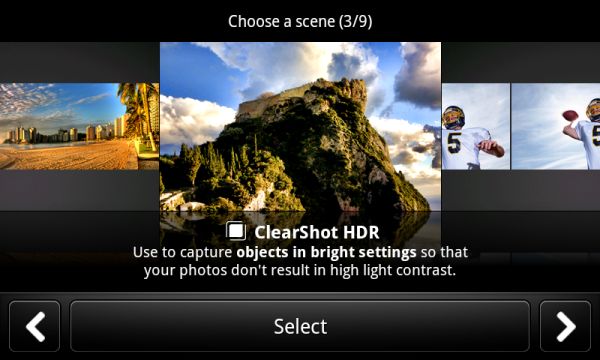
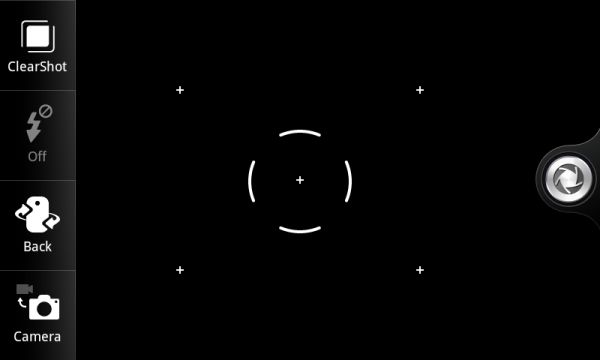
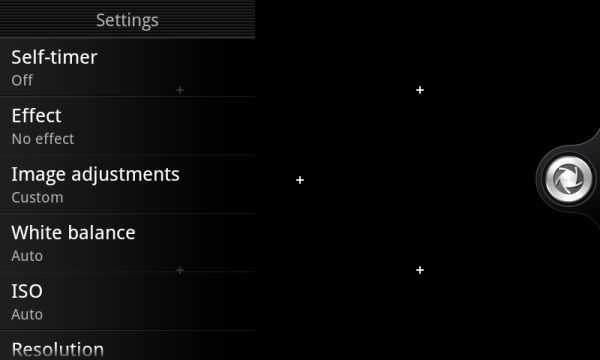
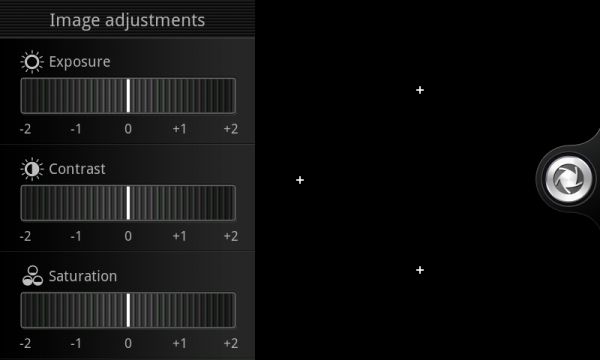
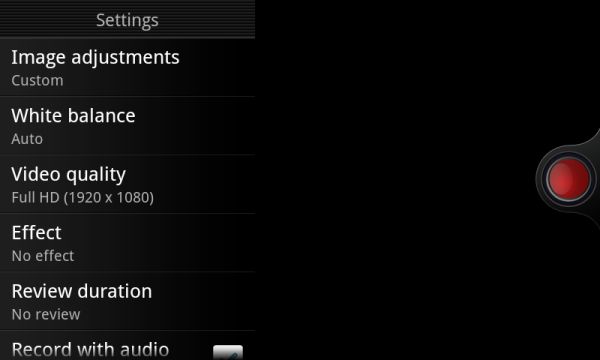








24 Comments
View All Comments
Bendynachos - Monday, August 15, 2011 - link
With this line: "Seriously, HTC does the best hardware keyboards in the business, and it’s been that way for a very long time."After using the blackberry 9900's keyboard, there is less than no doubt in my mind about which is better.
That said, I eagerly look forward to the galaxy s II review and the evo 3D review. I hope they're coming soon!
shenjing - Tuesday, August 16, 2011 - link
Come go and see, will not regret it Oh lookhttp://www。ifancyshop。com
scottram - Tuesday, August 23, 2011 - link
excellent review and I am now sold on the sensation !wh00p
leon85321 - Tuesday, August 23, 2011 - link
Hi, good review, i got my 4g slide couple weeks ago, really love it, but the screen is a bit laggy when sliding anything from left to right, from top to bottom, just not smooth as Sensation, is it because of hardware issue?? or it is what it is...Thx